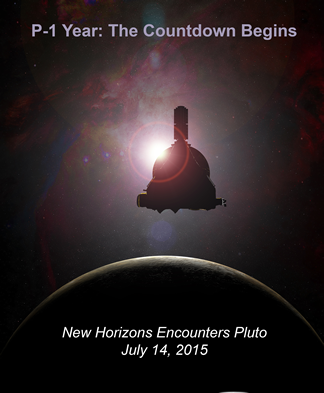
LL Orionis and its heliosphere interacting with interstellar gas and plasma near the edge of the Orion Nebula (M42). Image Credit: Hubble Heritage Team (AURA / STScI), C. R. O’Dell (Vanderbilt), and NASA.
By Dr. Ethan Siegel
Whether you look at the planets within our solar system, the stars within our galaxy or the galaxies spread throughout the universe, it’s striking how empty outer space truly is. Even though the largest concentrations of mass are separated by huge distances, interstellar space isn’t empty: it’s filled with dilute amounts of gas, dust, radiation and ionized plasma. Although we’ve long been able to detect these components remotely, it’s only since 2012 that a manmade spacecraft — Voyager 1 — successfully entered and gave our first direct measurements of the interstellar medium (ISM).
What we found was an amazing confirmation of the idea that our Sun creates a humongous “shield” around our solar system, the heliosphere, where the outward flux of the solar wind crashes against the ISM. Over 100 AU in radius, the heliosphere prevents the ionized plasma from the ISM from nearing the planets, asteroids and Kuiper belt objects contained within it. How? In addition to various wavelengths of light, the Sun is also a tremendous source of fast-moving, charged particles (mostly protons) that move between 300 and 800 km/s, or nearly 0.3% the speed of light. To achieve these speeds, these particles originate from the Sun’s superheated corona, with temperatures in excess of 1,000,000 Kelvin!
When Voyager 1 finally left the heliosphere, it found a 40-fold increase in the density of ionized plasma particles. In addition, traveling beyond the heliopause showed a tremendous rise in the flux of intermediate-to-high energy cosmic ray protons, proving that our Sun shields our solar system quite effectively. Finally, it showed that the outer edges of the heliosheath consist of two zones, where the solar wind slows and then stagnates, and disappears altogether when you pass beyond the heliopause.
Unprotected passage through interstellar space would be life-threatening, as young stars, nebulae, and other intense energy sources pass perilously close to our solar system on ten-to-hundred-million-year timescales. Yet those objects pose no major danger to terrestrial life, as our Sun’s invisible shield protects us from all but the rarer, highest energy cosmic particles. Even if we pass through a region like the Orion Nebula, our heliosphere keeps the vast majority of those dangerous ionized particles from impacting us, shielding even the solar system’s outer worlds quite effectively. NASA spacecraft like the Voyagers, IBEX and SOHO continue to teach us more about our great cosmic shield and the ISM’s irregularities. We’re not helpless as we hurtle through it; the heliosphere gives us all the protection we need!
Want to learn more about Voyager 1’s trip into interstellar space? Check this out: http://www.jpl.nasa.gov/news/news.php?release=2013-278.
Kids can test their knowledge about the Sun at NASA’s Space place: http://spaceplace.nasa.gov/solar-tricktionary/.




